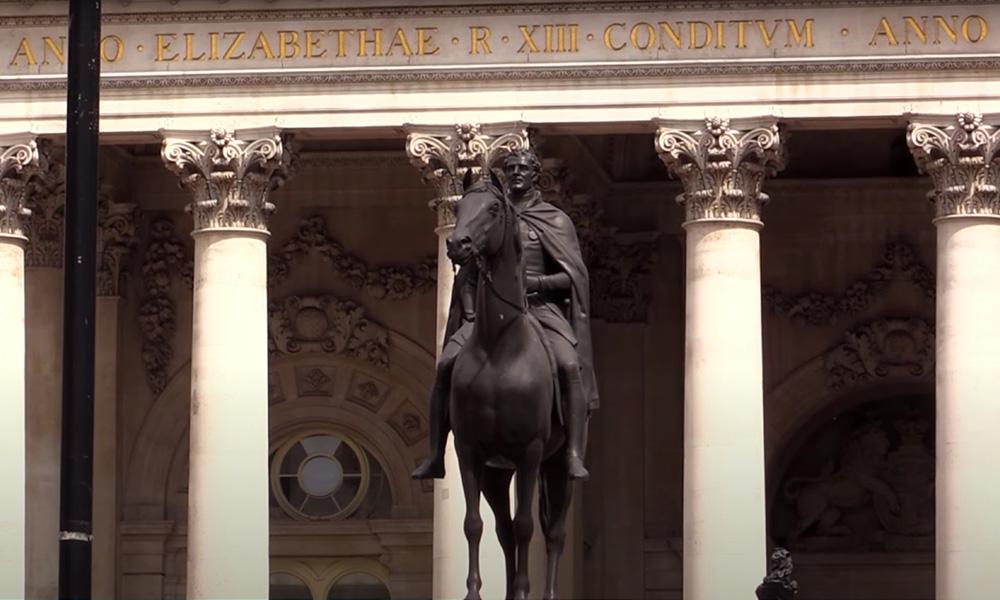The Bank of England made a major decision tonight! A rate cut is a foregone conclusion, but internal debate is brewing: Which is more important, employment or inflation?
2025-08-07 10:14:15

There is a consensus on interest rate cuts, but the extent remains controversial.
Economic weakness forces policy shift
The majority, led by Bank of England Governor Andrew Bailey, supported a 25 basis point interest rate cut. This decision was primarily driven by two pressures: first, the surge in labor costs for businesses due to employer tax increases; and second, the impact of the Trump administration's renewed trade war on British exports. Recent data showed that job creation in the UK hit a three-year low in the second quarter, with some factories even beginning to lay off workers.
Fierce clash between hawks and doves
However, the Monetary Policy Committee (MPC) is deeply divided:
The "dovish vanguard" demanded a more radical approach: two members advocated a 50 basis point rate cut, arguing that the risk of a recession was imminent.
The "inflation fighters" firmly opposed it: two other members called for a pause in rate cuts, fearing that a rebound in energy prices and a fall in the value of the pound could push inflation to 4% (twice the Bank of England's target);
Centrists proceeded cautiously: Most members insisted on "gradual rate cuts," meaning adjustments every three months. This "three-way stand" situation, similar to the May meeting, highlights the policy dilemma.
The specter of inflation persists, leaving the central bank in a difficult position
Public anxiety about prices continues to ferment
Despite the Bank of England (BoE) having been battling inflation since May 2021, a recent poll shows that 70% of the public still expect prices to rise faster over the next year. This "inflationary mentality" means that any easing measures by the BoE could be interpreted as "letting prices run wild," further exacerbating the wage-price spiral.
The path to interest rate cuts is shrouded in uncertainty
Pessimists (such as Pantheon) believe that tonight may be the "last rate cut" because inflation stickiness is far greater than expected;
Optimists (such as Evercore Investment Bank) predict that if employment data deteriorates, interest rate cuts may be accelerated in September or November;
Market pricing shows that the probability of another 25 basis point cut in November is over 60%, but the interest rate in 2026 may remain in the range of 3.25%-3.5%, which is still significantly higher than the euro area (2%).
The pound is in the "calm before the storm"
In the Asian session, the GBP/USD exchange rate hovered around 1.3350 as investors waited with bated breath for policy signals. Technical indicators showed:
A break of the key resistance level of 1.3385 (July high) could trigger a rebound;
If the life-and-death line of 1.3120 (April low) is breached, it may trigger panic selling.
Monetary Policy Report Will Be the Key to Deciding the Win
Analysts warned that the market is more concerned about two key words in the report than the interest rate cut itself:
Should the phrase "gradual and cautious" be deleted? — This implies a change in the pace of progress.
The strength of the language on "inflation expectations" - any softening would likely be seen as a dovish signal.
Bailey will also hold a press conference at 8:30 PM Beijing time. The outcome of this "hawk-dove war" will not only affect the pockets of British mortgage holders and business owners, but will also influence global capital flows. For ordinary investors, be wary of two major risks:
If the government unexpectedly remains inactive: the pound may surge in the short term, but the stock market may suffer a bloodbath;
If the signal of "easing has come to an end" is released, bond yields may fluctuate sharply.
At 10:11 Beijing time, the British pound was trading at 31.3357/59 against the US dollar.
- Risk Warning and Disclaimer
- The market involves risk, and trading may not be suitable for all investors. This article is for reference only and does not constitute personal investment advice, nor does it take into account certain users’ specific investment objectives, financial situation, or other needs. Any investment decisions made based on this information are at your own risk.





















